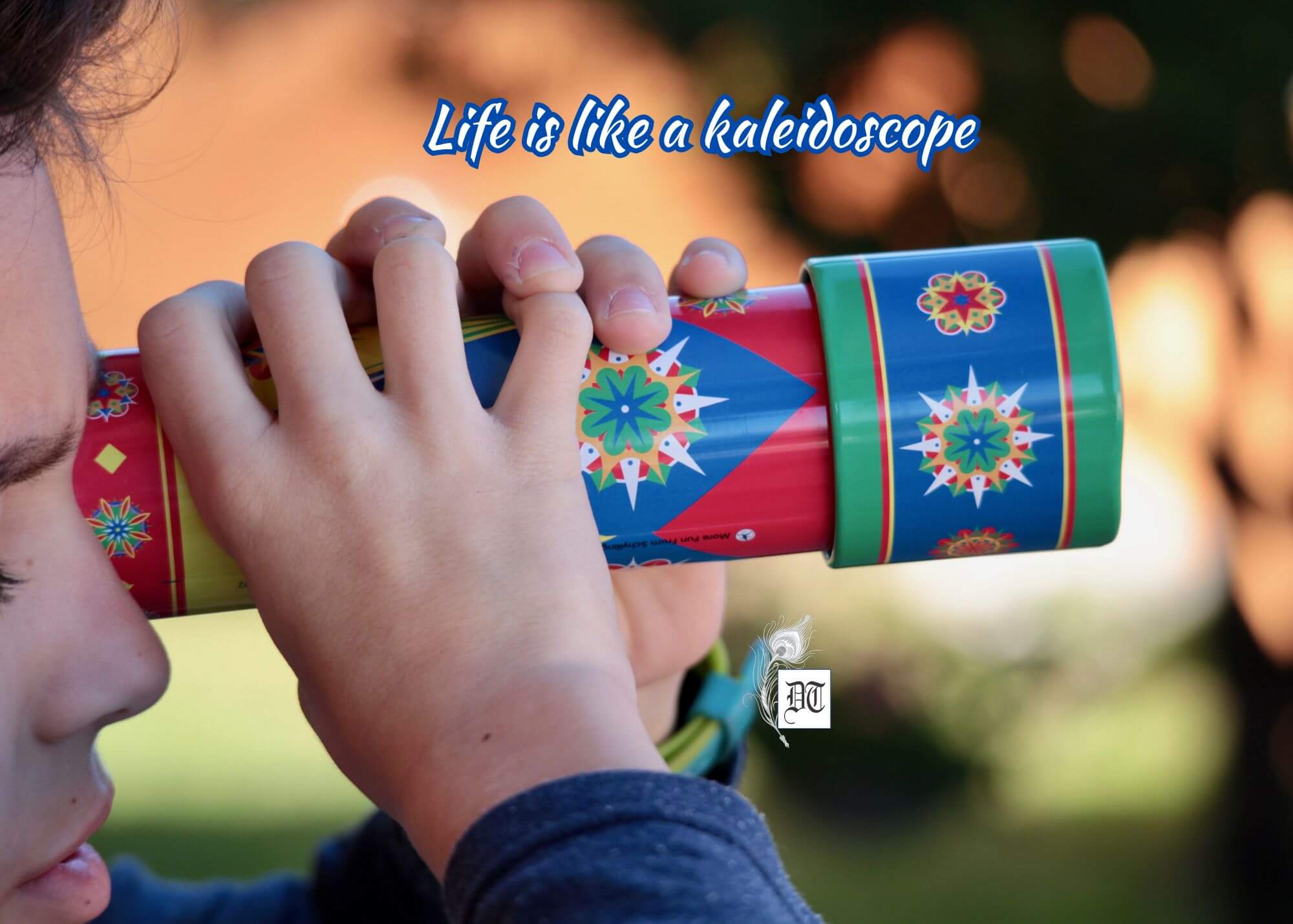AG Brace reveals the story of the Leap Year. He explains how the Julian calendar differs from the Gregorian calendar.
February 29 is truly a remarkably dauntless attempt by Julius Caesar to reset the astronomical clock.
Today, we take for granted that a year constitutes one orbit of Earth around the Sun, but in early times man wasn’t able to track this orbit, and based his life on something more tangible, something he could perceive, and that was the Moon. From Full Moon to Full Moon (29 days) was taken as one month and suited primordial man. A Lunar Month of 29 days was accurate in so far as it was in reference to the Moon only, but not accurate enough where real time was concerned, because actual time between full moons is 29 days, 12 hours, 44 minutes ( 29 ¼ days).
A ¼ day lost every year was too much to be neglected. Julius Caesar was the first to realize this error, so in 46 B.C. he collected the four ¼ days and gave February 29 days every 4th year. It was a great leap forward. Julius old boy called it a Leap Year. But Julius only seemingly compensated the time loss of ¼ day because it affected a correction only once every 4th year.
Leap years consist of 366 days as a result of an extra day added to February (29 days). But what about the preceding 3 years which had only 365 days each, whereas the Earth actually took 365 ¼ days to orbit the Sun ? If Caesar hadn’t introduced the leap year every year would comprise of 365 days only (that is less by a ¼ day every year), and If allowed to continue till today, would have made calculation of astronomical distances impossible.
As much as it would be ridiculous to express the distance from Earth to moon in inches or millimeters instead of miles, similarly, estimating distances of stars and planets millions of miles away across our galaxy would be impractical if we expressed these distances in miles, and hence calculating the trajectory of a space probe to a distant planet on the fringe of our galaxy impossible. Some unit of measure more concise for feasibility of handling astronomical distances was obviously called for and a Light Year met this conformity. A Light Year is the distance a single ray of light traveling at 186,000 miles/second, would have covered 5.88 million miles or 23,292,232.6 times the circumference of Earth at the equator.
Julius Caesar’s calendar disturbed Pope Gregory Xlll. Not because it would make calculating the trajectory of future space probes cumbersome, but rather because he was meticulous about the exactness of dates and time, as it meant that Easter that authenticates the 3rd. day after Jesus died and traditionally observed on March 21, fell further away from the spring equinox by 11 minutes with each passing year, and in time to come Easter would fall further away as the years pass and God forbid may eventually fall on Good Friday! So what does he do? He introduces a calendar of his own, called the Gregorian calendar, we use today.
Europe followed the Julian calendar implemented by Julius Caesar in 46 B.C. England did not adopt the Gregorian Calendar until 1752 AD when she realised she was 11 days behind the Continent!






 By
By
 By
By
 By
By